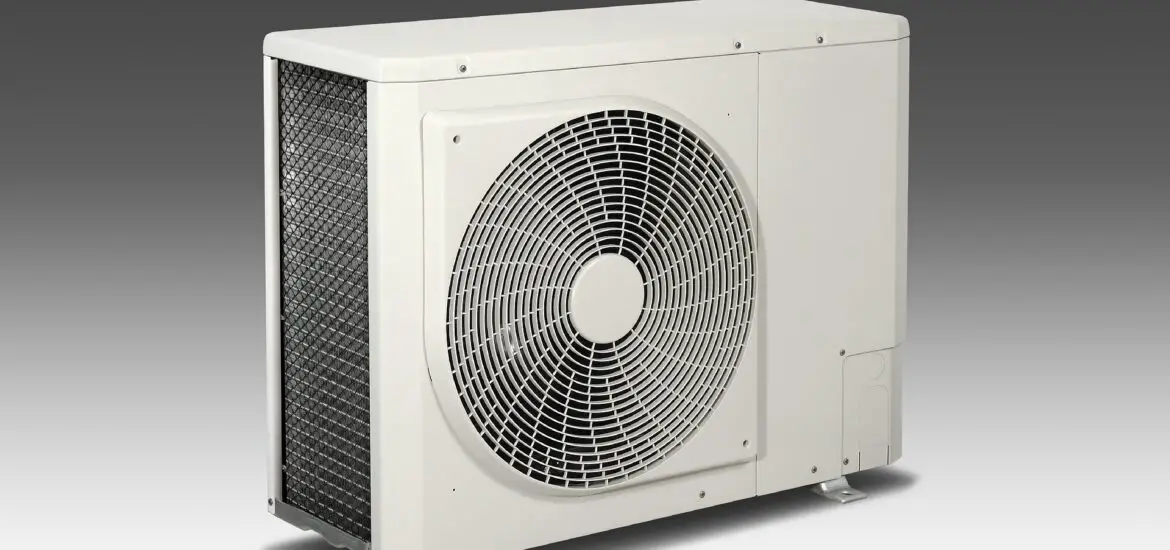What is subcooling, you ask? It’s a term that might not pop up in everyday conversations, but if you’re a homeowner, it’s definitely worth knowing about. In this article, we’ll dive into the nitty-gritty of subcooling, break down its importance in refrigeration systems, and help you grasp how it can impact the performance of your appliances.

Table of Contents
Definition of Subcooling
Subcooling is the process of cooling liquid refrigerant below its saturation temperature. It’s a critical step in the refrigeration cycle that not only helps improve system efficiency but also prevents potential issues with liquid refrigerant flashing.
Purpose of Subcooling
So, why does subcooling matter? There are two main reasons:
- Improvement in system efficiency: Subcooling helps your refrigeration system work more effectively and use energy more efficiently.
- Prevention of liquid refrigerant flashing: By cooling the refrigerant below its saturation point, subcooling minimizes the risk of refrigerant flashing, which can cause damage to your system.
Subcooling in Refrigeration Systems
What is Subcooling in Refrigeration?
In refrigeration systems, subcooling plays a crucial role in keeping things running smoothly. The more subcooling occurs, the better your system’s performance will be. It’s like adding a turbocharger to a car engine – you get more power and efficiency!
Subcooling Process
The subcooling process begins after the refrigerant has been compressed and condensed. This liquid refrigerant then goes through a series of heat exchangers, where it loses heat and gets subcooled below its saturation temperature.
Subcooling in the Condenser
The condenser is where the magic of subcooling happens. As the refrigerant flows through the condenser coils, it loses heat to the surrounding air or water, dropping its temperature below the saturation point – hello, subcooling!
Where Does Subcooling Take Place
Subcooling typically occurs in the condenser, but its exact location can vary depending on factors like system design and ambient conditions. Think of it like finding the best seat in a movie theater – it can change based on the layout and the number of people in the room.
Measuring Subcooling
Measuring subcooling is essential for maintaining a healthy refrigeration system. Accurate measurements help ensure that everything’s running smoothly and efficiently. It’s like checking your car’s tire pressure to make sure you’re getting the best possible performance.
Subcooling Temperature
Subcooling temperature is the difference between the refrigerant’s actual temperature and its saturation temperature. It’s a key metric in assessing your refrigeration system’s performance, kind of like checking your car’s speedometer to see how fast you’re going.
Understanding Subcooling
Grasping the key concepts and principles of subcooling can help you appreciate how it improves your refrigeration system’s performance. It’s like learning the rules of a sport – the more you understand, the more you can enjoy watching the game.
Factors Affecting Subcooling
Various components and conditions can impact subcooling in your refrigeration system. Optimizing these factors can improve overall performance. It’s similar to fine-tuning a musical instrument – making the right adjustments can make all the difference in the sound quality.
Subcooling in Condenser Systems
What is Subcooling in Condenser Systems
In condenser systems, subcooling plays a vital role in maintaining efficiency and performance. While the overall process is similar to other refrigeration systems, there might be some differences in the specific components and processes involved. It’s like comparing apples and oranges – they’re both fruit, but they have their unique characteristics.
Condenser Subcooling
The process of subcooling in condenser systems involves cooling the refrigerant below its saturation temperature. Factors like system design, ambient conditions, and refrigerant type can all impact how well subcooling occurs in the condenser. It’s a delicate dance, where everything needs to be just right for optimal results.
Conclusion
In summary, subcooling is a key concept in the refrigeration world that plays a vital role in system efficiency and performance. By understanding what it is and how it works, you can ensure that your refrigeration system runs smoothly and keeps your home comfortable. So, the next time someone asks, “What is subcooling?” you’ll be ready to impress them with your newfound knowledge!